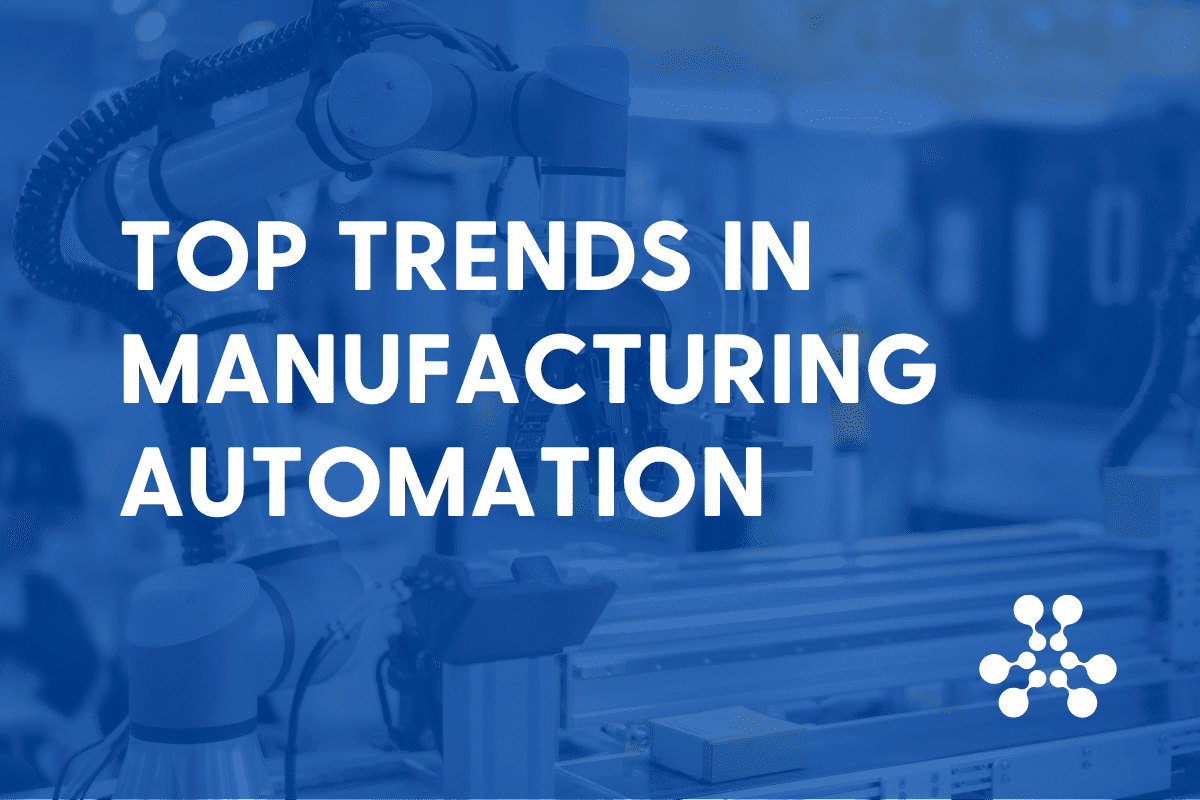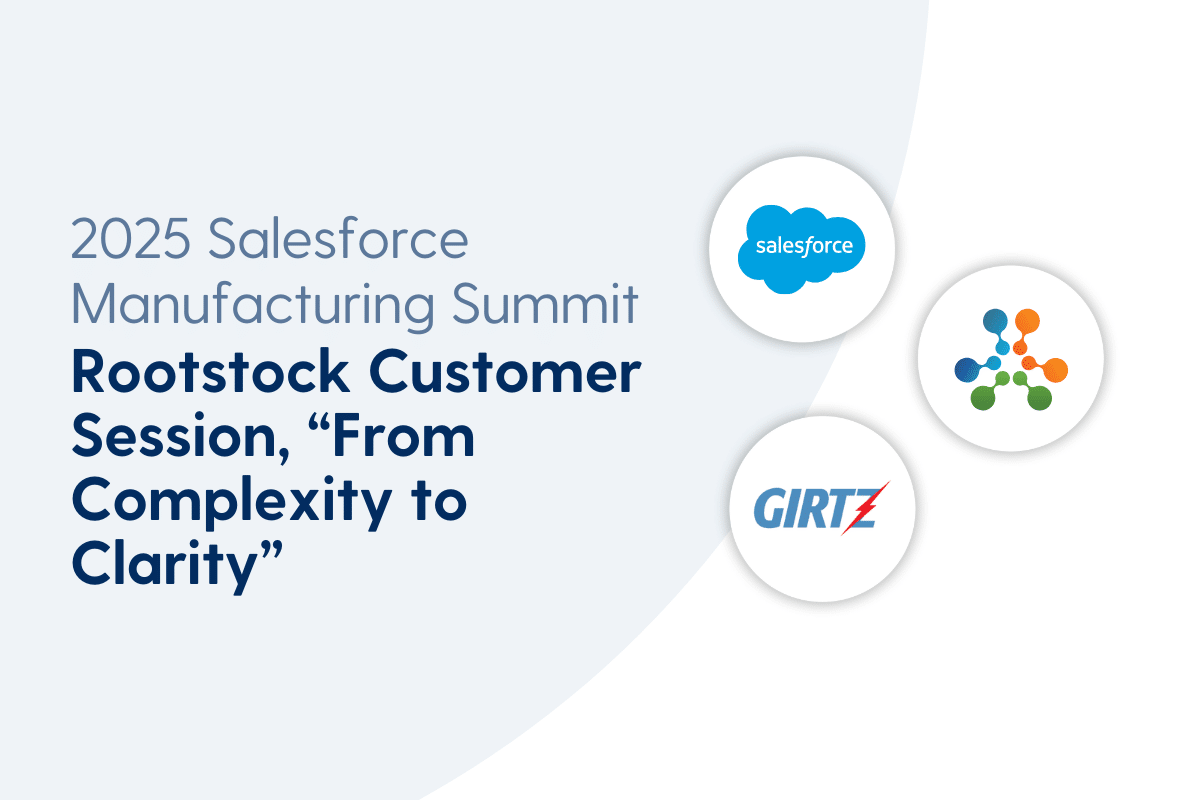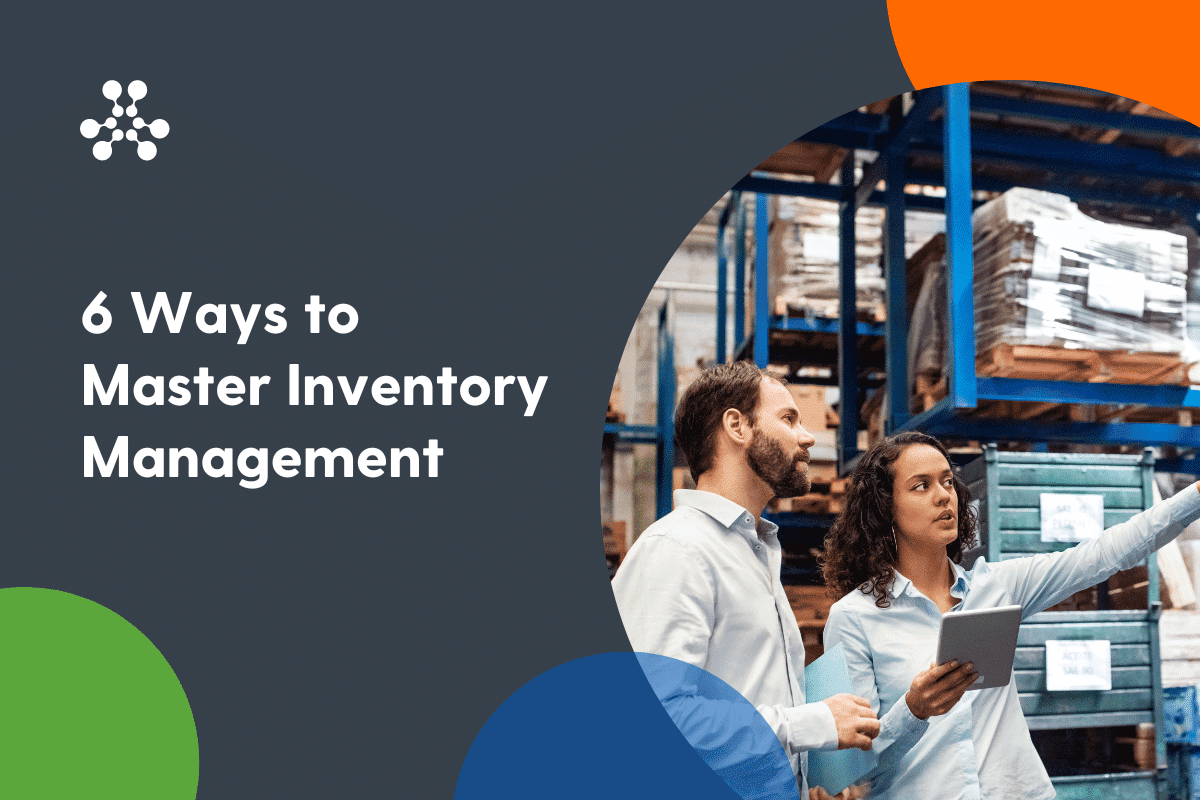Topics of interest
Let’s look at the concept of MRP, how it has become critical to manufacturing productivity, and where AI innovations are boosting its value.
The Evolution of Materials Requirements Planning
Manufacturers use material inputs to produce new goods. Even the smallest manufacturers must manage those components, parts, subassemblies, raw materials, and other goods as they arrive, enter production, and are consumed. Put it all together, and that’s materials requirements planning.
MRP originated from simple “order point/order quantity” production management methods based on inventory levels and continued to evolve throughout the mid-20th century with computerized systems. It was revolutionized, however, by Joseph Orlicky, whose book, “Material Requirements Planning: The New Way of Life in Production and Inventory Management,” resulted in operations experts, industry groups, and academics pushing the benefits of MRP to manufacturers.
Today, MRP software streamlines and optimizes production processes, ensuring timely delivery of goods amidst the growing complexity of manufacturing’s many variables, constraints, inputs, and outputs.
Of course, artificial intelligence is now making its way into every aspect of manufacturing, including MRP.
As an example of this, see how Rootstock AIRS™ is transforming manufacturing operations with AI.
Materials Requirements Planning Challenges
Manufacturers face many challenges when planning for materials requirements. Let’s walk through a few operational issues that may affect manufacturers.
Supply Chain Issues
Manufacturers rely on suppliers to deliver quality materials at the right times. However, supply chains have become extraordinarily complex and extend across oceans, adding logistical concerns to the MRP mix. The past few years have exposed the fragility of global supply chains and proved the need for flexible and agile materials resource planning.
Quality Control Issues
Customers are eager to call out inferior quality products on social media channels, review websites, and even business-to-business review services. However, simply ensuring exemplary quality from suppliers isn’t enough. Manufacturers need adequate materials supplies on hand so that production isn’t rushed to let poor-quality materials slip through.
Inventory Management Issues
Manufacturers have many ways to manage inventory, but it still requires tight control and efficient handling to ensure required materials are always on hand. Manufacturers must have a handle on inventory levels and logistics to reduce waste, ensure efficient operations, and maintain profit margins.
Operational Issues
Even with the best MRP people, processes, and technology, plans can be quickly derailed because of fluctuations in customer demand, changes in lead times, shifting product designs, capacity and overcoming labor constraints. Adding AI into the fray may enable more changes to be incorporated after a transaction has been initiated. However, keeping manufacturing plans on track is critical to ensuring MRP outputs can be put into action.
Data Issues
MRP runs on data. Without reliable, up-to-the-moment data, MRP systems can’t deliver the accuracy modern manufacturers demand. These data accuracy issues can result in stockouts, delays, unhappy customers, lost revenue, and worse.
As AI becomes more of a requirement for manufacturing competitiveness, data quality issues will reduce the return on investment and the expected value of AI innovations. However, the more data a manufacturer exposes to their AI engine and the more time over which it has collected data, the better the recommendations will be. This is true with AI in materials requirements planning and every other area of manufacturing.
How AI is Impacting Materials Requirements Planning
MRP is crucial in managing materials for manufacturing, which is why so many manufacturers already use cloud-based MRP and have undergone data centralization and modernization projects. However, traditional MRP software often lacks AI innovations like machine learning and predictive analytics to provide better insights.
Machine learning enhances MRP by generating inferences from patterns within data. With the ability to analyze enormous amounts of data from a wide range of sources, and do it in an instant, machine learning can identify those relevant patterns that help create more accurate materials requirements plans.
Predictive analytics further allows AI to address and resolve the challenges many manufacturers face when it comes to MRP. Ultimately, despite on-going debates about AI’s value in manufacturing, it can enable faster and better-informed decision-making and improve supply and demand forecasting.
Here are several specific areas where AI is enhancing manufacturing MRP.
1) Better Demand Forecasting
One of the most significant challenges in production planning is accurately forecasting demand. Traditional MRP systems only use historical data and statistical models to calculate the materials required for the known demand, which can lead to inaccuracies due to market fluctuations, seasonal variations, and unforeseen events.
AI can significantly enhance demand forecasting by incorporating machine learning algorithms that analyze vast amounts of data from various sources such as sales trends, market indicators, customer behavior, and external factors like economic conditions and competitor activity.
2) Optimized Inventory Management
Effective inventory management is crucial for balancing customer demand and minimizing carrying costs. Traditional MRP systems do not incorporate inventory optimization, but AI can transform inventory management by enabling real-time adjustments based on predictive analytics and pattern recognition.
AI-powered MRP systems can monitor inventory levels, in-progress demand, lead times, and supplier performance for optimal reorder points and safety stock levels. Additionally, AI may be able to predict disruptions in the supply chain, such as impending weather patterns, to optimize warehouse space accordingly.
3) Enhanced Production Scheduling
Streamlining control of production scheduling is a complex task that involves balancing machine availability, labor resources, and materials availability to meet production targets. Traditional MRP systems often use fixed schedules that may not account for real-time changes in production conditions, leading to inefficiencies such as material stockouts resulting in idle labor.
AI can help remove barriers to operational excellence and enhance production scheduling by using advanced algorithms that analyze real-time data from the shop floor such as machine status, workforce availability, and material readiness. AI can also recommend dynamic production schedules that adapt to real-time changes, refining resource use and minimizing downtime.
Additionally, AI can predict potential bottlenecks or delays in the production process and suggest corrective actions before they occur. This proactive approach ensures that production stays on track, leading to higher throughput and improved on-time delivery performance.
4) Improved Supply Chain Coordination
Traditional MRP systems do not deal with supply chain coordination, especially connecting with suppliers’ people, processes, and technologies beyond email notifications.
AI can improve coordination by:
- Easing and automating real-time communication and collaboration
- Integrating with suppliers’ systems to share real-time data and improve coordination with suppliers and customers
- Analyzing supplier performance data and enhancing customer collaboration by providing more accurate delivery timelines
Potential Risks with AI Integration in MRP Software
AI has immense potential for manufacturers, particularly in MRP systems. Although, the associated risks around AI usage extend to MRP as well. These include data bias, transparency, security, and more.
Data Quality and Bias
AI output is only as good as data input. Since AI models are trained on data, the relevance of that data to industry in general, the manufacturing industry, and a unique sector within the manufacturing industry are all things to consider when selecting AI for MRP. If AI is trained on bad, unrelated, or otherwise flawed data, it can suggest inaccurate inventory orders and result in poor production planning results.
Data bias, influenced by one or more criteria over others, is another concern for AI applications. For example, if AI models were trained only on data from furniture manufacturers, the output would not be particularly helpful to electronics manufacturers. Worse yet, it might favor certain suppliers over others, leading to unfair planning decisions.
Lack of Explainability and Transparency
AI is an advanced technology that many humans, even trained ones, cannot fully understand. Even the technologists who design and develop AI cannot always understand how their AI generates some results (often referred to as “hallucinations”). This makes AI somewhat of a black box and creates uncertainty in the results, especially for those who might use it to make critical and expensive decisions based on those results.
Data Security
AI uses data to train its models, especially many of the free AI tools available today. If an employee shares critical customer, company, or personal data into an AI chatbot, for example, there is a small chance that information could be visible to other users of the AI tools. Imagine production processes, customer orders, and inventory levels being exposed to other users of the same AI tool and the risks become clear.
Beyond the business risks, data exposed through AI could include customer purchase history or employee performance data, which would violate privacy regulations and raise compliance risks. Ultimately, it is critical to limit the data exposed to public AI for machine learning to ensure data is secure and AI is learning from the right patterns.
The Role of Human Oversight in AI-enhanced Materials Requirements Planning Software
The above risks with AI, regardless of industry, have increased the interest in so-called human-in-the-loop (HITL) AI. This concept is exactly what it says: it keeps humans involved in decisions instead of relying solely on AI algorithms to make them autonomously. By making human oversight part of the process for making inventory, production, resource, and other choices, AI becomes a powerful tool that augments data analysis, gut-feel, and experience to enhance human decisions.
For example, AI can:
- Gather and analyze huge volumes of sales history, production schedules, supplier information, market trends, and more
- Predict future demand
- Define optimal inventory levels
- Create the most efficient production schedules
Human materials requirements planners can then work with that AI output while using experience, broader market trends, company strategy, and collaboration with others to approve, reject, or revise the AI-generated production plans.
The Value of AI in MRP Software
Let’s face it: AI is exploding across applications, industries, and use cases. It can summarize meetings instantly, provide customer support, detect fraud and suspicious patterns in financial data, and write marketing materials.
Manufacturers — at least those that use it — will gain greater efficiencies, lower costs, higher customer satisfaction, and greater competitive advantage from AI in MRP.






